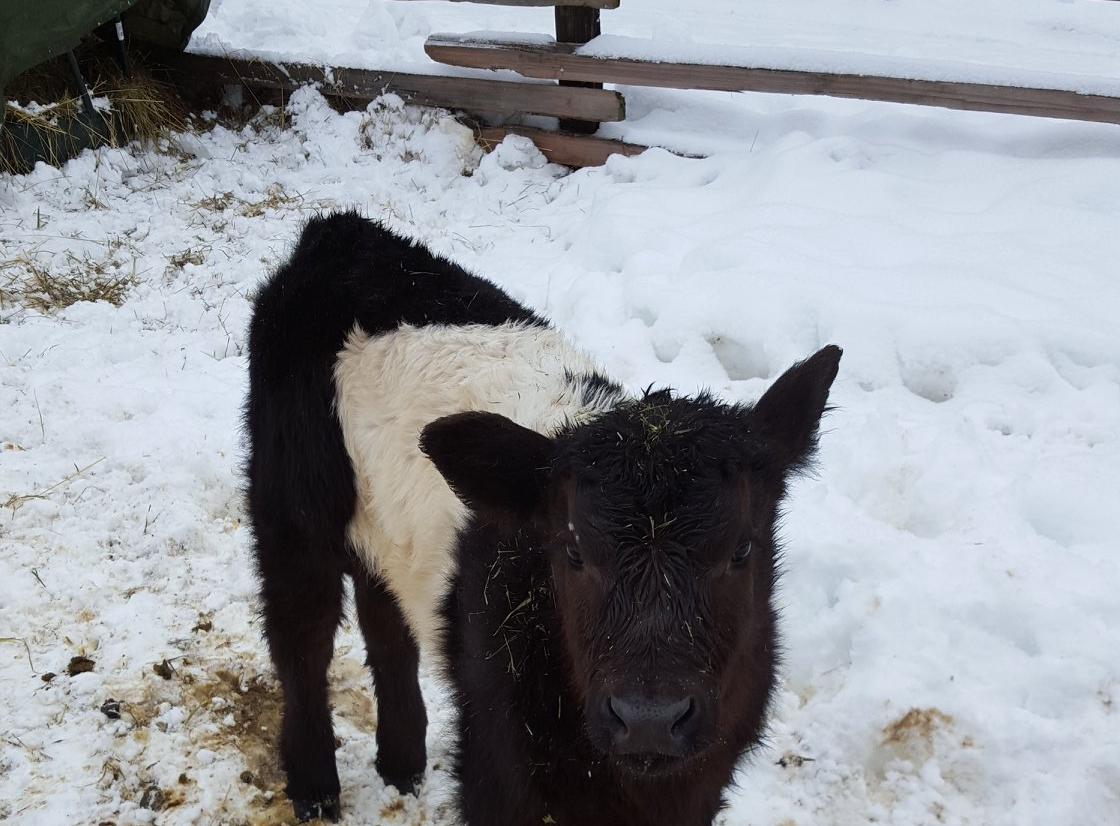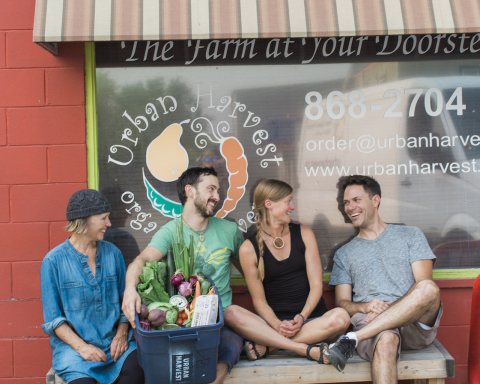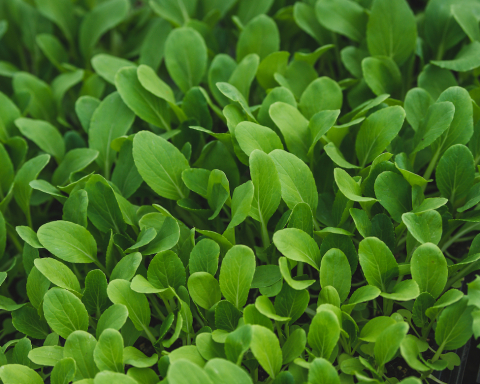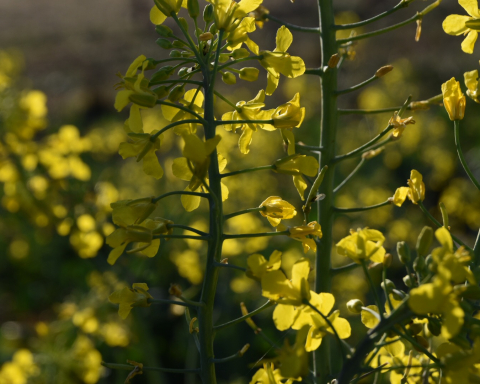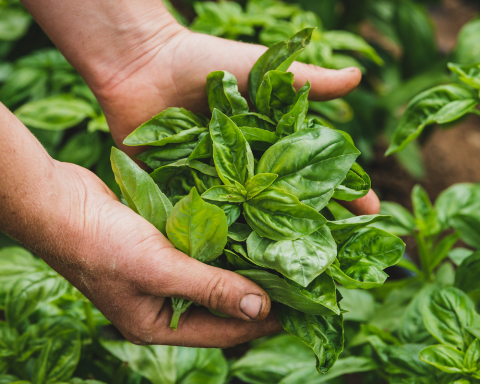Anna Helmer
We have no cattle on the farm this year. This is not an ideal situation for a biodynamic farmer. Rudolph Steiner’s lectures are specifically reverent about the bovine influence. Very simply, their manure is important, and their manner is to be admired.
We never set up as ranchers, but the two cows were integral to the farm: Bella and May the Belted Galloways were not only manure producers, they were brush-cutters, cull potato-processors, and steadying influences on us flighty farmers. They spent at least a decade in the same five-acre pasture, securely contained by a single strand of electric fence that hadn’t been turned on for years. Although from time to time they would allow themselves a certain amount of, shall we generously say, reckless gay abandon, and turn up at the kitchen window…they never really lost the plot, emotionally speaking. Very chill animals. I wonder what they would have thought about COVID. Not much, I guess.
Good point.
We miss them. We plan to get more animals. However, we recently put a farm stand in the copse of trees in their pasture by the road, their go-to place during hot summer days. It’s the perfect place for a potato stall, and I can’t even begin to explain all the factors that make a perfect environment for a potato stall.
As a rule, I resist change, despite numerous examples of delightful, or at least tolerable, results of succumbing to it. Let’s, for example, take this insistence on using our own cow’s manure to make BD Prep 500: obviously impossible this year because we have shipped all the cows away, taken down the fencing, and plopped a farm stand in the pasture.
Nevertheless, BD 500 must be had.
We dithered, we dathered, and long, boring story short, we finally ordered it from a mail order service. It worked a treat. The fields are next level in moisture retention and punching up lush cash crops (and weeds). I realize that the mail order people have been making the Prep for about 80 years, and so they probably are better at it than us. It’s powerful stuff.
I’d like to circle back to the roadside farm stand and cite it as another example of farm empowerment. Apologies and respect at this point to farmers who already utilize and understand this powerful agricultural tool. I am still at the giddy goosebump evangelical stage of change. You may now say “I told you so” and suffer through my inadequate thesis argument.
It’s a way we can sell to the people that is clean, open, traceable, and accessible for both ends of the food chain. On our farm, the workers range in age from eight to 80 and each one can get out to the farm stand to help manage it. Even those reluctant to engage the public can connect with the point of sale, as there is no expectation to greet each customer. There are no rules (yet). The people who turn into the driveway are choosing us and leaving nice notes in the book provided.
You know, the farmer can go to the city to sell, but the farm itself can’t. Customers have been telling us for years that they want to see the actual place where the food is grown. Historically aware that the work required to host people on the farm is counterproductive to farming, I have resisted this call. How thrilling to now discover that the farm stand is on the contrary, complimentary to farming, and it’s more than just a place to sell potatoes.
I am starting to think a proper food system has space in it for people to sit in the shade like Bella and May, doing nothing more than taking in the sights and not fussing.
Anna Helmer talks big and farms with her family and friends in the Pemberton Valley. helmersorganic.com
Feature image credit: Helmers Organic Farm.


